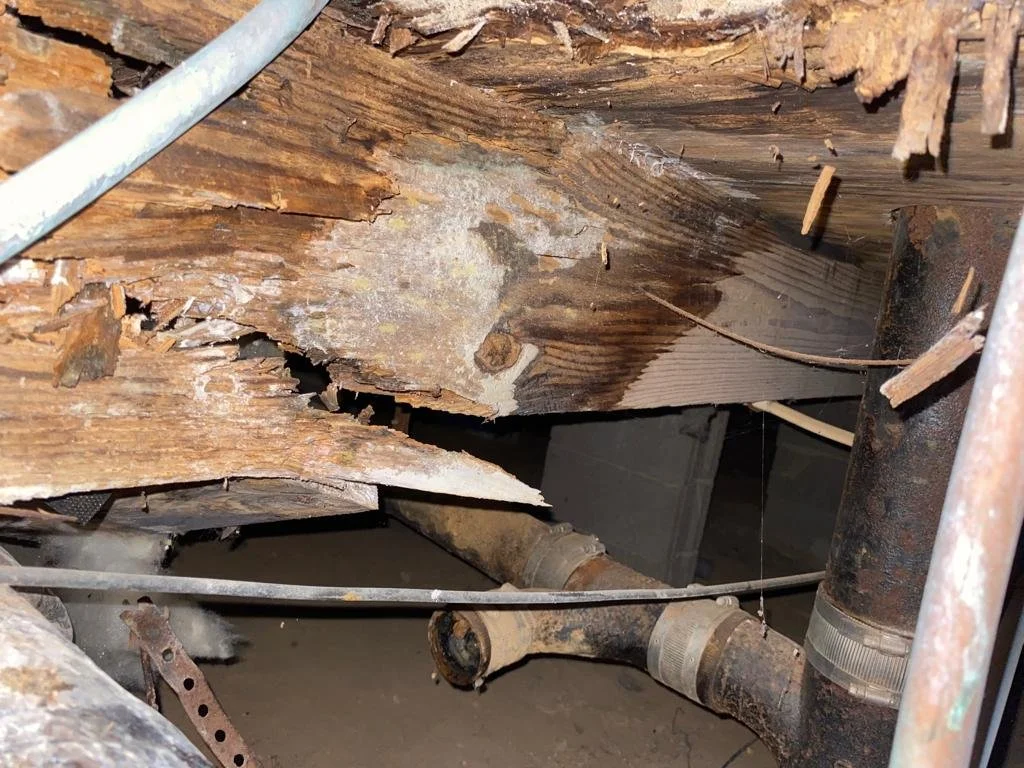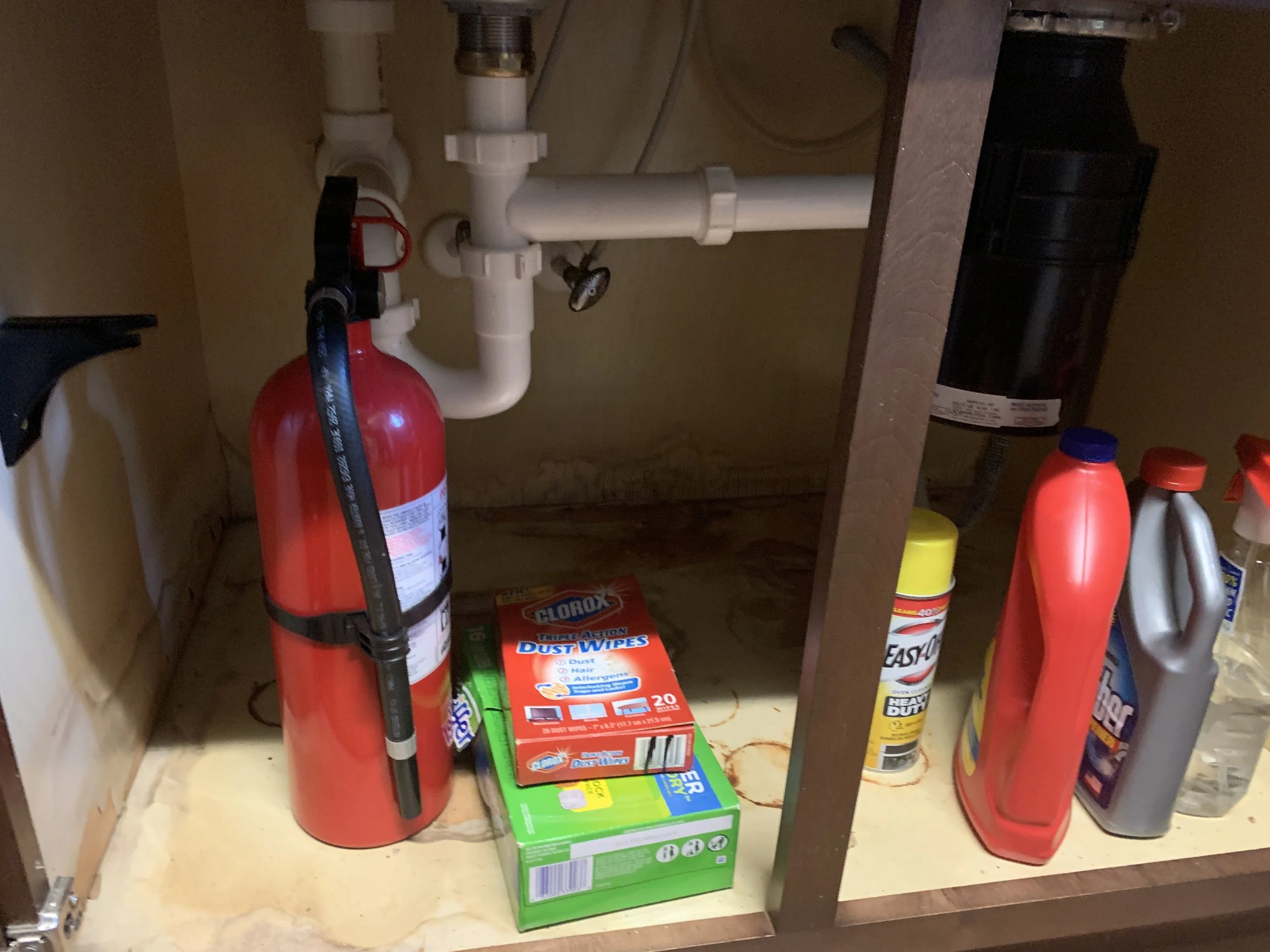Safe and Healthy Housing: Dry
A safe and healthy home is vital for overall health, which is why the Safe and Health Housing model is foundational for all the critical repair projects we do. The eight principles of a safe and healthy home are: clean, safe, ventilated, contaminant-free, maintained, thermally-controlled, pest-free, and dry.
Understanding Dryness: Why It Matters
A dry home is essential, but what does that entail? While certain areas may naturally be more prone to dampness, overall interior dryness is crucial. Moisture, whether from condensation, precipitation, or leaks, poses various problems. Water, a catalyst for biological processes of breaking down materials, can wreak havoc on your home's integrity if given the chance.
So, how does water infiltrate, and how can we safeguard our homes from its intrusion?
Protecting the Roof: Your Home's First Line of Defense
Safeguarding everything beneath it, the roof serves as the primary defense against the elements. Any breach — be it a hole, missing shingles, or lacking weatherproofing, like flashing around chimneys — swiftly invites water indoors. This infiltration can catalyze mold growth or structural erosion. Regular roof maintenance and tree upkeep, preventing branches from damaging shingles, are vital preventative measures.
Notably, roofing issues are common and costly, with an average replacement cost of around $17,000 in the Greater Charlotte area. Additionally, don't overlook gutter maintenance because a proper functioning gutter diverts water away from the house.
Securing Windows and Doors: Bolstering Your Home's Defenses
Moving along exterior walls, windows, and doors present another vulnerability to water infiltration. While replacing them entirely may seem tempting, weatherization offers a more financially and environmentally sustainable solution.
Tasks like resealing, caulking, adding heat- and UV-protective films, replacing damaged panes, and replacing portions can significantly bolster your home's defenses at a much more reasonable cost, both for you and the environment.
Addressing Exterior Vulnerabilities: Foundation and Wall Cracks
Finishing up the exterior, cracks in the foundation or walls offer pathways for water, potentially causing extensive damage. Prioritizing repairs to these areas is essential in preventing moisture-related issues in crawl spaces and basements.
Managing Plumbing: A Key Interior Concern
Shifting focus to the home's interior, plumbing emerges as a primary concern. Even a minor pipe crack can lead to significant damage if left unchecked. Regular inspections under sinks, near toilets, and showers can help catch potential issues early. Also, keep an eye on areas behind appliances with water lines and connection points, such as refrigerators, washing machines, and dishwashers.
Enhancing Ventilation: Mitigating Moisture Accumulation
Installation of proper ventilation, such as exhaust fans, is key to mitigating moisture accumulation in bathrooms and kitchens. Steam from showers can condense and cause mildew or mold issues if unproperly ventilated. Installing proper ventilation not only improves comfort but also contributes to a safer living environment, and these additions are common in our critical home repair projects.
Taking Action: Safeguarding Your Home from Water-related Hazards
As we've explored, water, while essential to life, can pose significant risks if it infiltrates your home. By taking proactive measures to maintain dryness, you're ensuring the safety and well-being of your family. What steps will you take to safeguard your home from water-related hazards?



